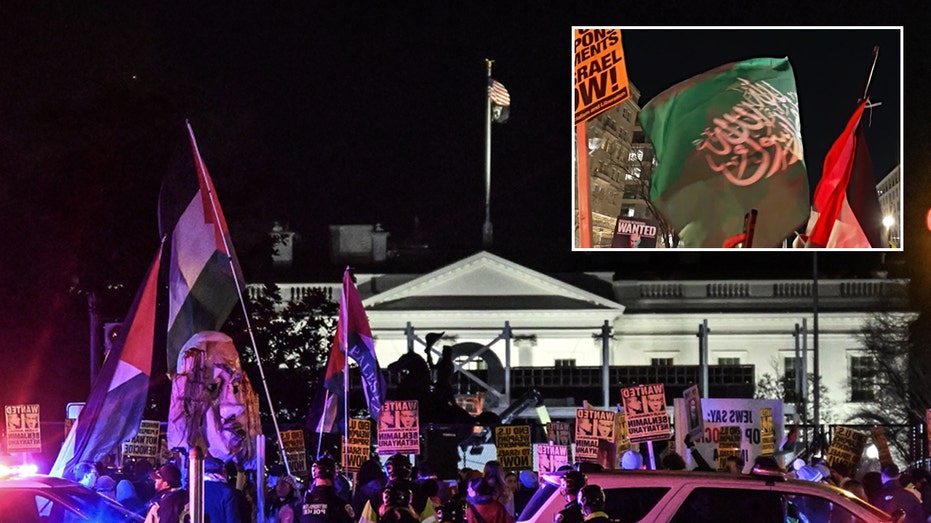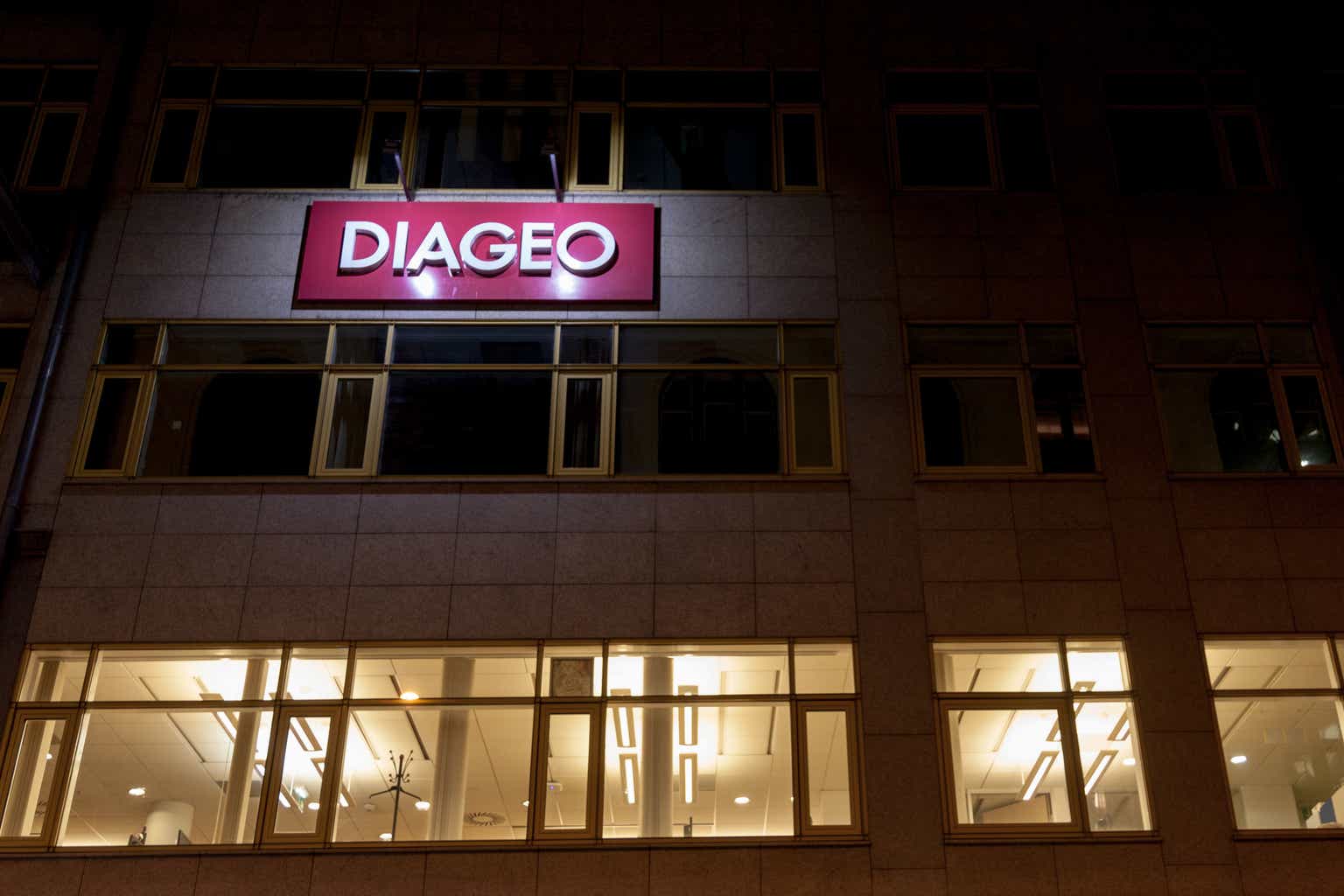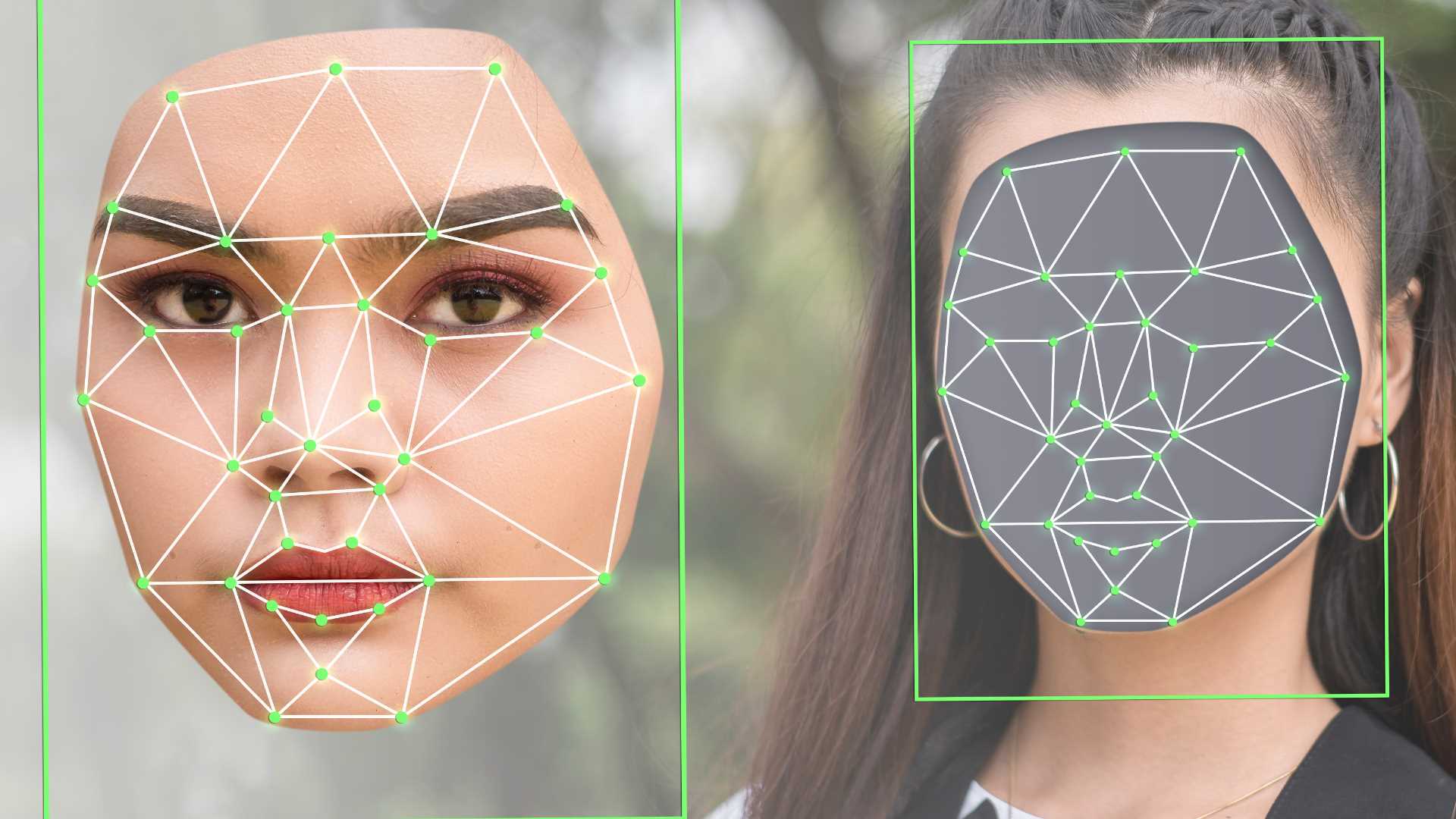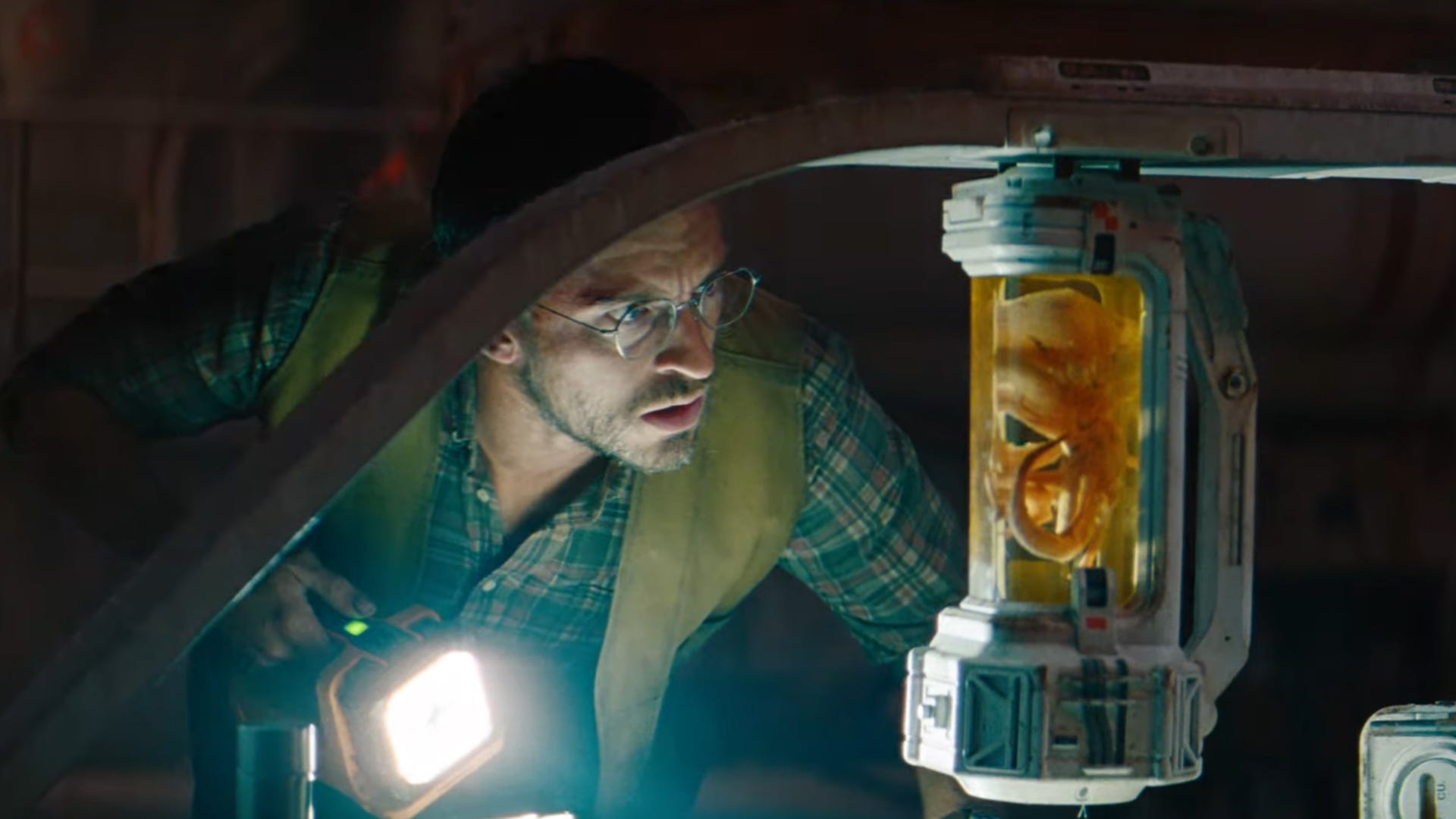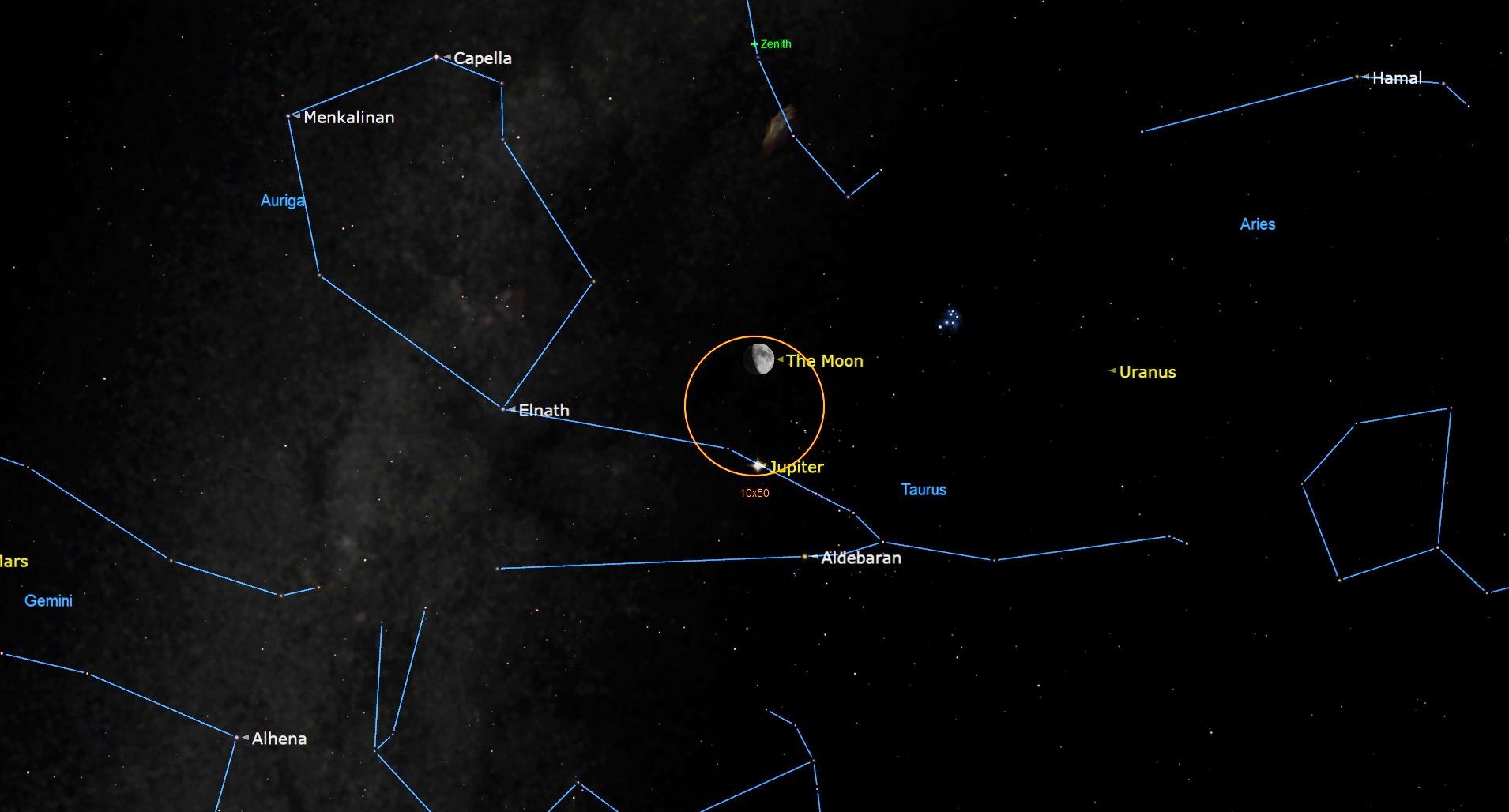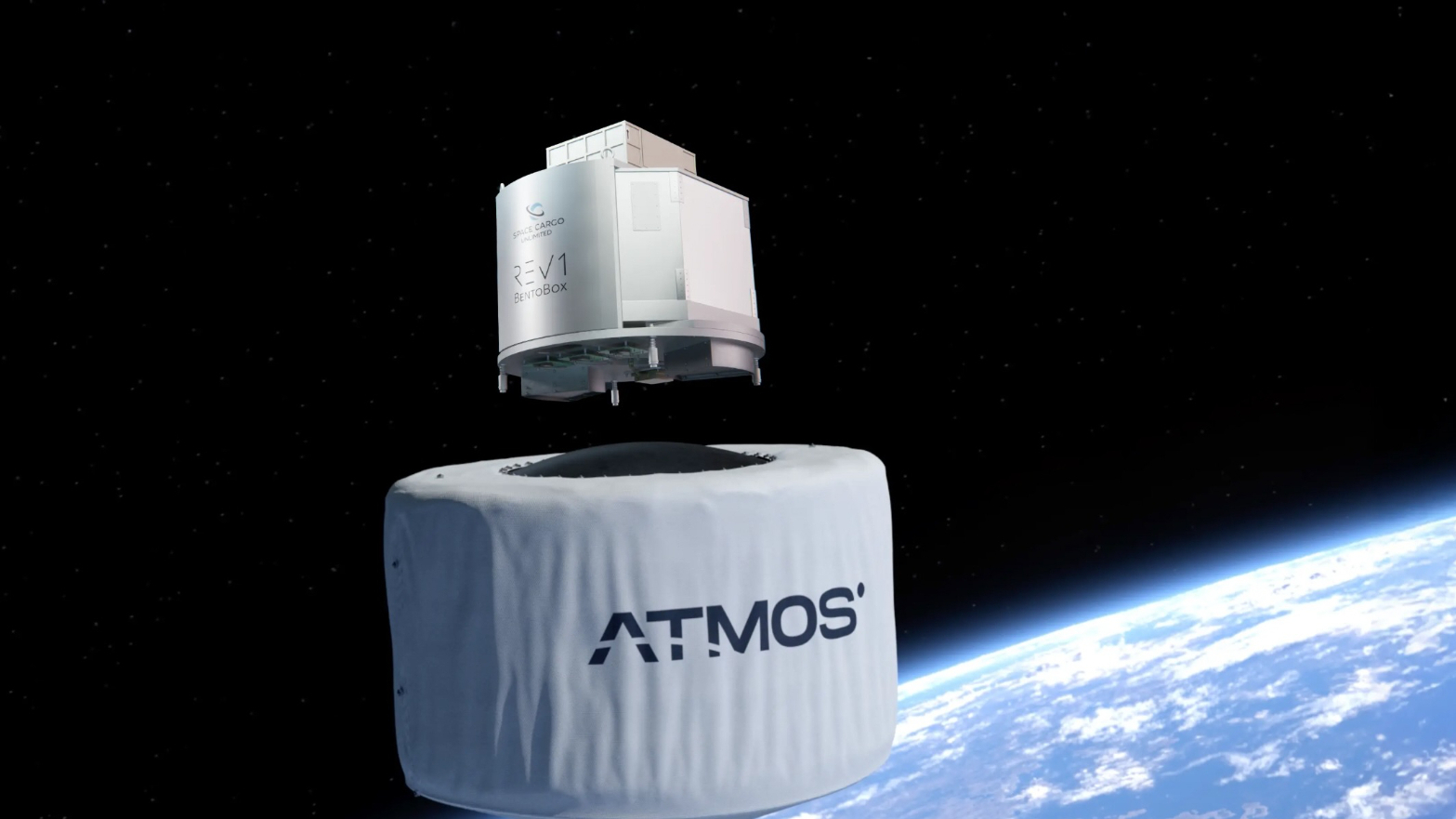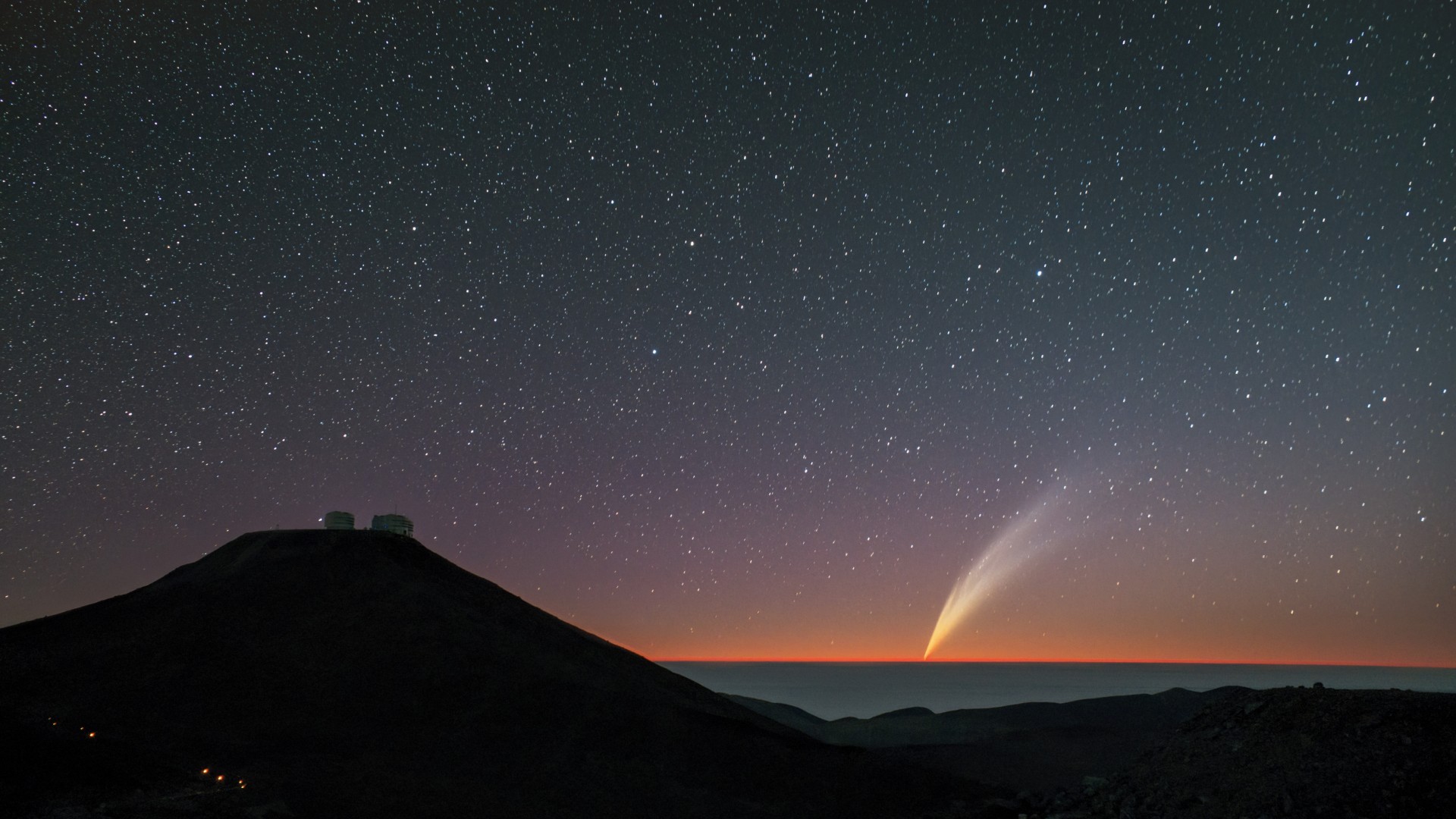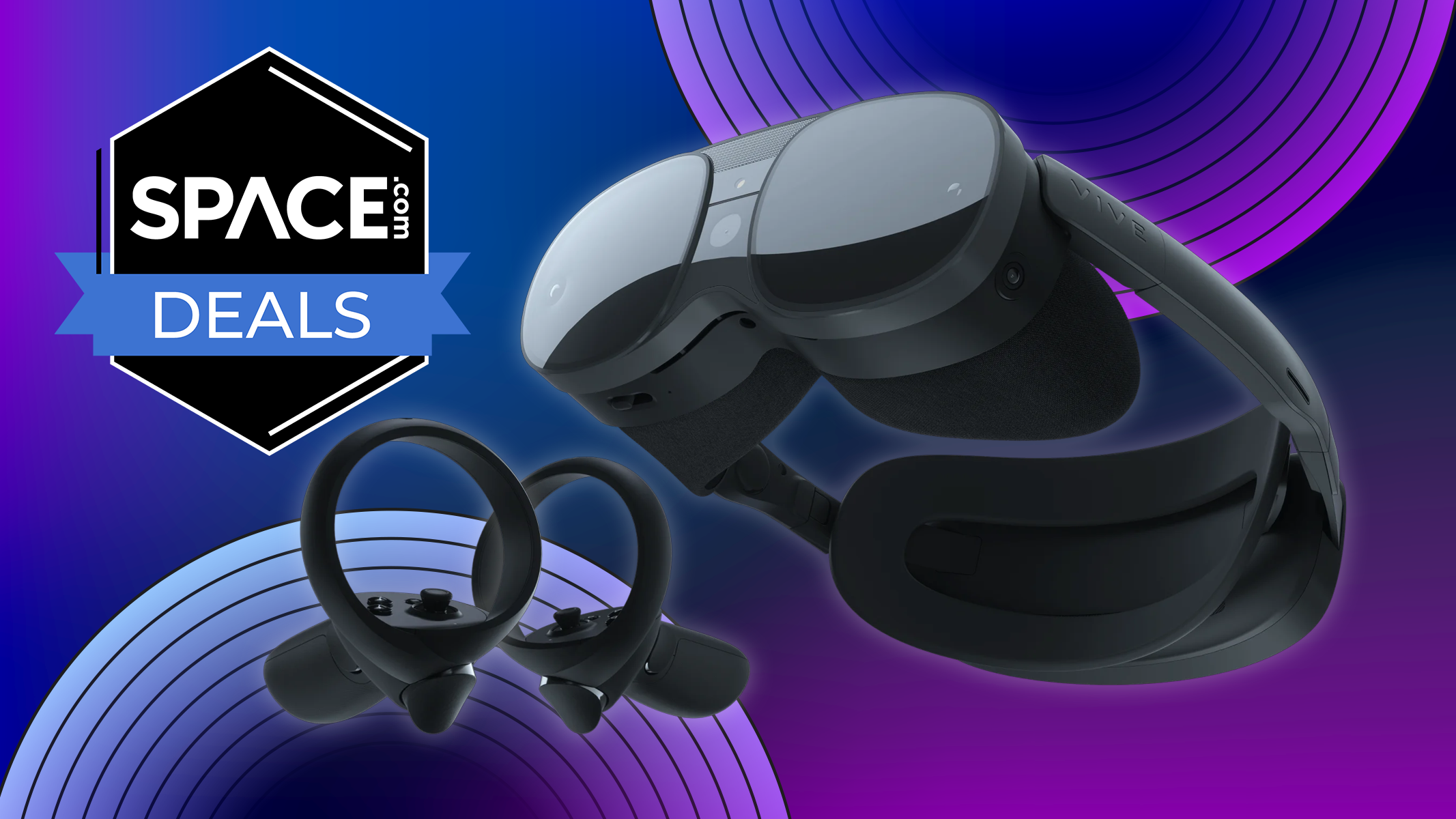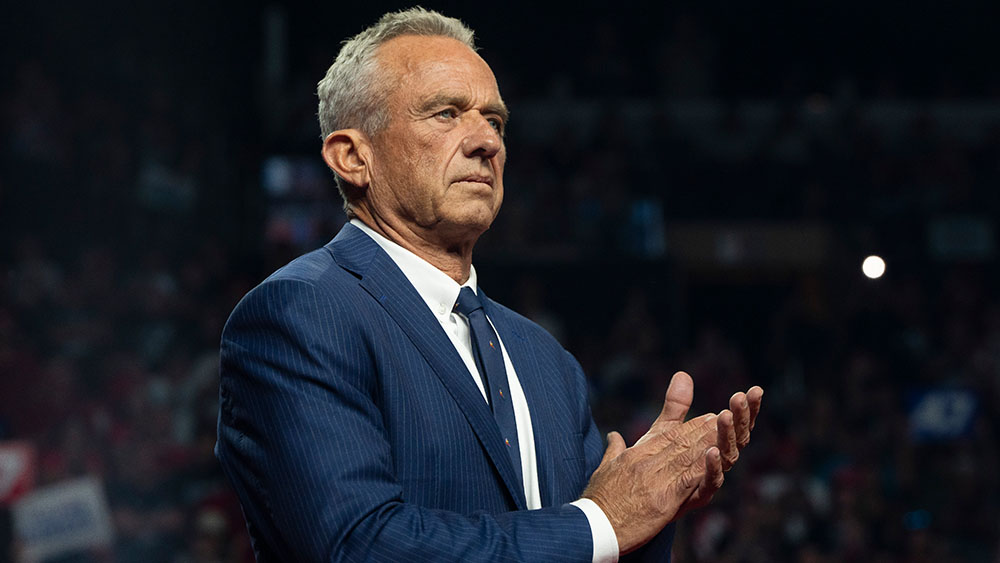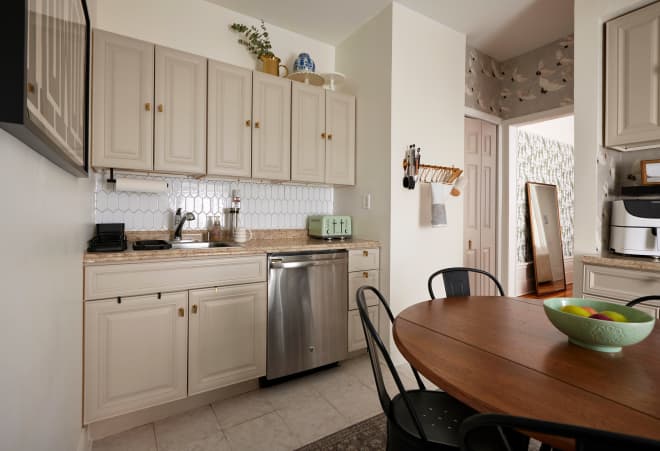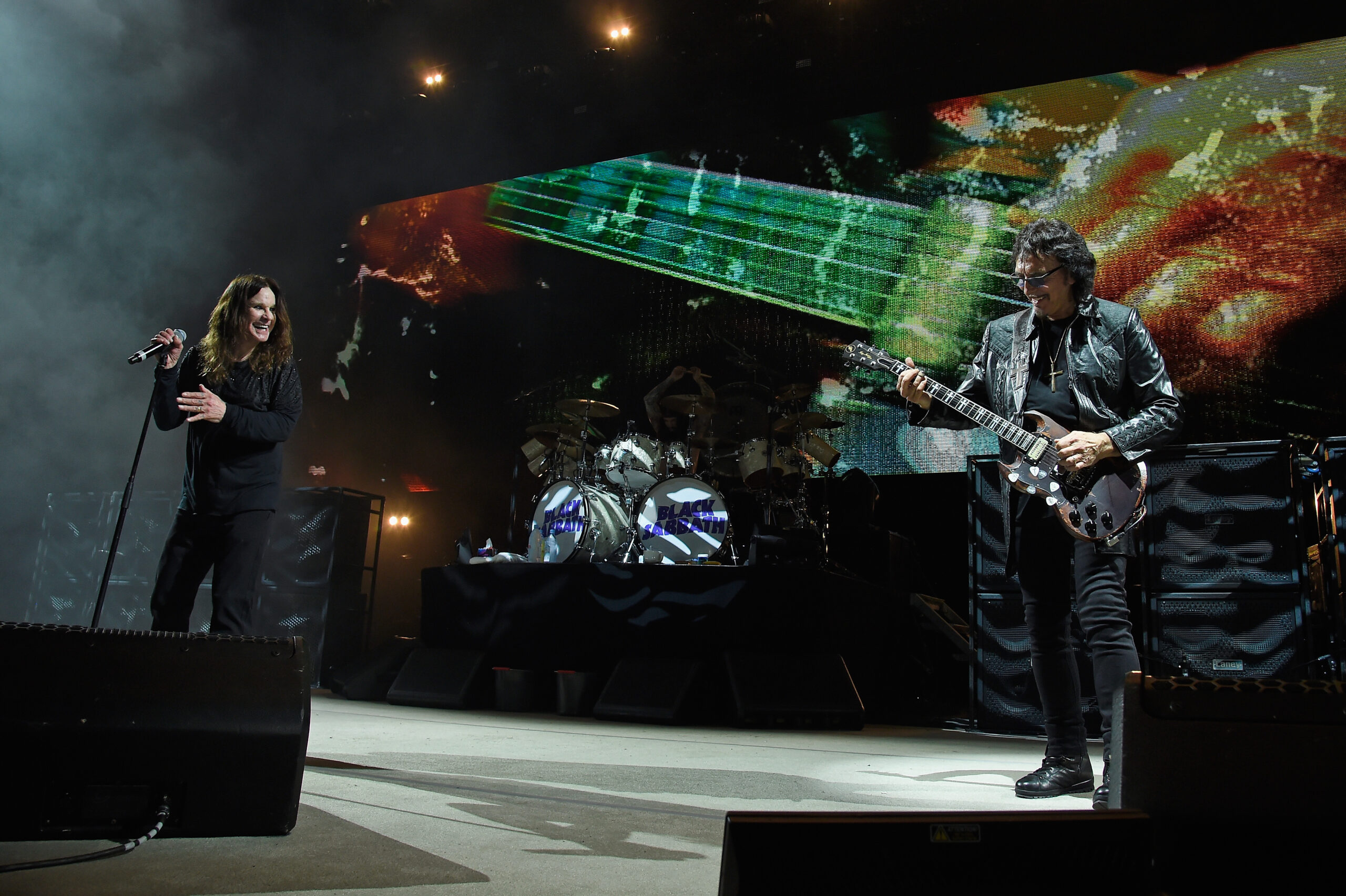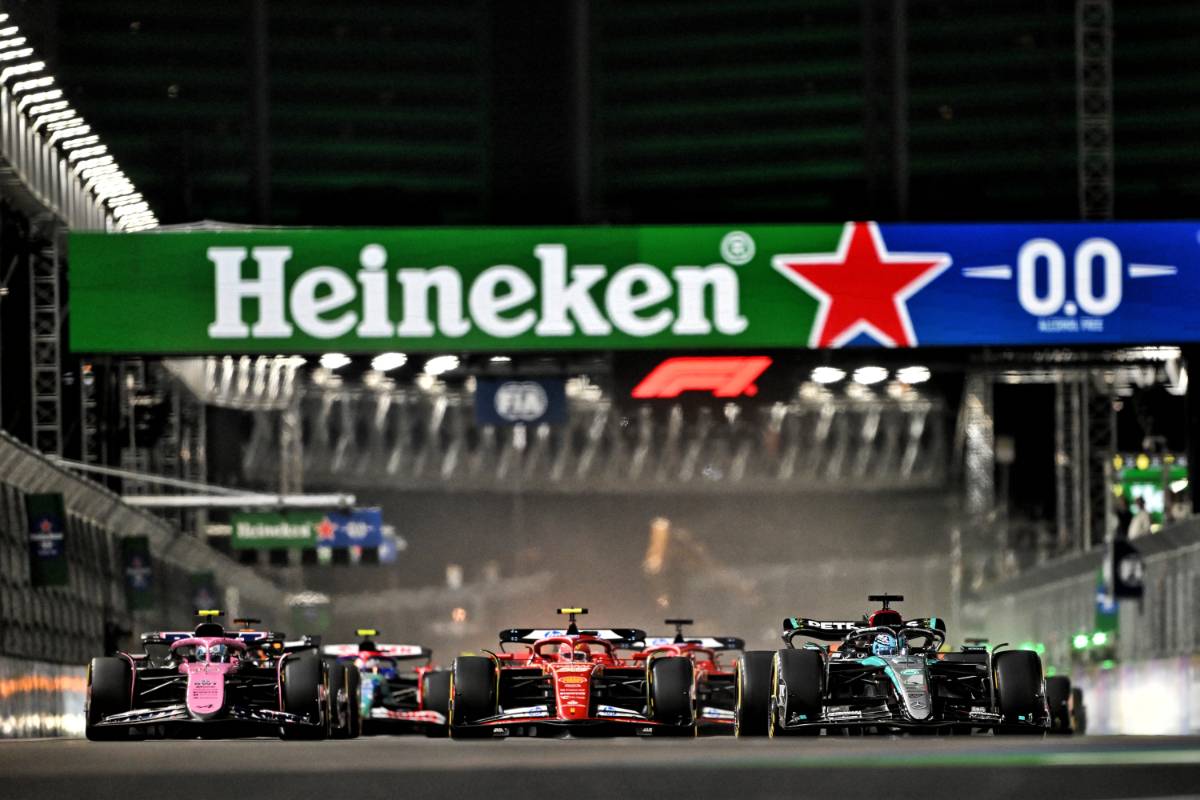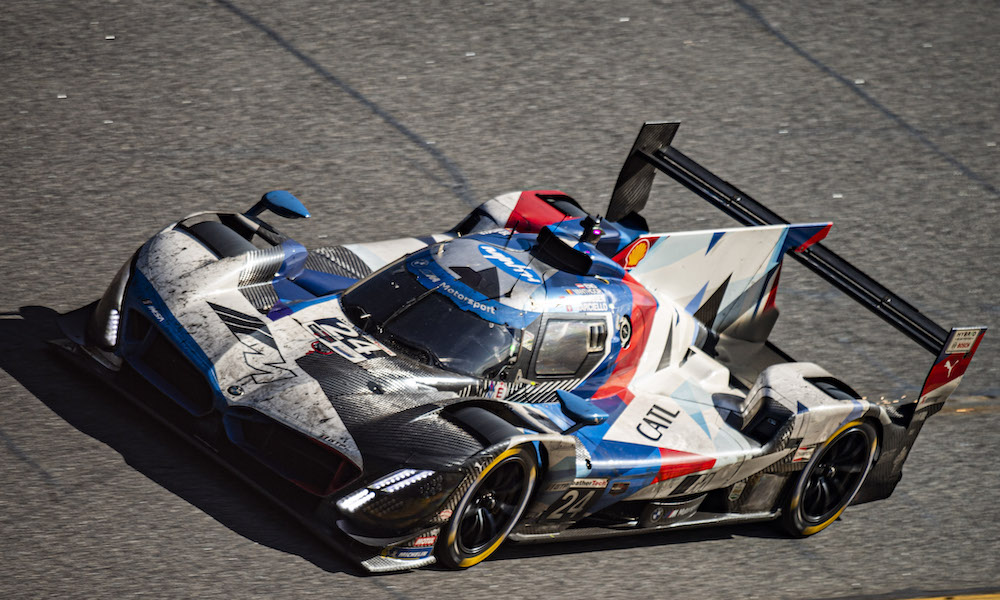2025 Hyundai Tucson XRT AWD Review -- No Fuss, No Muss
Some vehicles are unremarkable in most aspects, except for one, one that matters a lot -- ease of use. Such is the case with the 2025 Hyundai Tucson XRT AWD.

2025 Hyundai Tucson XRT AWD Fast Facts
Powertrain | 2.5-liter naturally-aspirated four-cylinder (187 horsepower @ 6,100 RPM, 178 lb-ft @ 4,000 RPM) |
Transmission/Drive Wheels | Eight-speed automatic, all-wheel drive |
Fuel Economy, MPG | 24 city / 30 highway / 26 combined (EPA Rating) |
Fuel Economy, L/100km | 9.7 city / 7.7 highway / 8.8 combined (NRCan Rating) |
Base Price | $34,165 (U.S.) / $43,134 (Canada) |
As-Tested Price | $35,770 (U.S.) / $43,510 |
Disclaimer | Prices include $1,550 destination charge in the United States and $2,600 for freight, PDI, and A/C tax in Canada and, because of cross-border equipment differences, can’t be directly compared. |

Some vehicles are unremarkable in most aspects, except for one, one that matters a lot -- ease of use. Such is the case with the 2025 Hyundai Tucson XRT AWD.

The updated 2025 Hyundai Tucson got extensive exterior styling updates and the cabin was thoroughly redone.
On the outside, the Tucson has a new grille and new front and rear fascias, and a new look for the daytime running lights. The Tucson is a skoosh longer, by 0.4 inches.
Inside, the cabin gets a curving infotainment screen and some controls return to a knob/button setup. For some trims, though not the XRT I drove, the shifter moves to the steering column and the wireless phone charger moves to the vacated spot. All in the name of making a driver's phone more reachable.
Wireless Apple CarPlay and Android Auto are now standard and a head-up display becomes available on some Tucson trims, though not on the XRT.
The XRT is supposed to be the "rugged" off-road version of the Tucson, which means it gets special 18-inch wheels and black front and rear fascias, along with XRT-specific side body cladding. Yeah, this is mostly an appearance package, though I'd wager the XRT will be a tad better than other Tucson trims at getting you to the campsite down by the river.

Underhood sits a 2.5-liter, naturally-aspirated four-cylinder that makes 187 horsepower and 178 lb-ft of torque. An eight-speed automatic transmission is on hand, and this one had the optional all-wheel-drive system.
Those power numbers seem anemic, but the Tucson is a grocery-gettin' compact SUV, not a track star. So the amount of power is generally fine in urban traffic. Just plan passes accordingly.
The ride quality is acceptable and the handling, likewise. The Tucson isn't especially fun to drive, but it's engaging enough to not be a bore, and Hyundai continues to get better when it comes to steering feel. If you prioritize driving dynamics in your compact two-row SUVs, shop elsewhere, but if you simply need a commuter that's not snooze-inducing, you'll do fine here. The XRT getup doesn't seem to negatively impact the proceedings.

Where the Tucson shined was in ease-of-use. I appreciated the return of knobs and buttons, and even the controls that are haptic touch are user-friendly. The large digital gauges are easy to read and the infotainment screen integrates into the dash nicely. There's a nice storage area in front of the shifter and cupholders that makes life more convenient.
Rear-seat head- and legroom were adequate.

Convenience is nice -- and it's even nicer when the price is right. The XRT I tested based at $34,165, including the $1,500 for AWD, and the list of features was long. It included 18-inch wheels, roof rails, rear tow hitch, LED lighting all around, keyless entry and starting, dual-zone climate control, ambient interior lighting, heated front seats, smart cruise control, two front and two rear USB ports, satellite radio, wireless Android Auto and Apple CarPlay, wireless phone charging, and a digital key.
Advanced driver-assist systems and safety systems included lane-keep assist, lane-follow assist, driver-attention warning, forward-collision avoidance-assist, blind-spot collision warning, rear cross-traffic collision-avoidance assist, rearview camera, and safe-exit warning.
With the only option -- $210 carpeted floor mats -- and the $1,395 destination fee, the price tag came to $35,770.
The XRT is the second-highest non-hybrid trim for Tucson -- if you want a loaded limited, you'll have to start at $38K.

I said this in the last year's Tucson first drive -- which was hybrid-focused -- but it can be hard to really categorize vehicles that do the mundane well and don't stand out, good or bad. That's what the Tucson is, even in XRT trim -- a vehicle that does everything pretty well, but invisibly.
Even if it has "off-road" appearance bits.

Invisibility isn't necessarily negative -- it's obviously better than standing out for being bad.
Sometimes it's good to be no muss, no fuss.
[Images ]
Become a TTAC insider. Get the latest news, features, TTAC takes, and everything else that gets to the truth about cars first by subscribing to our newsletter.


